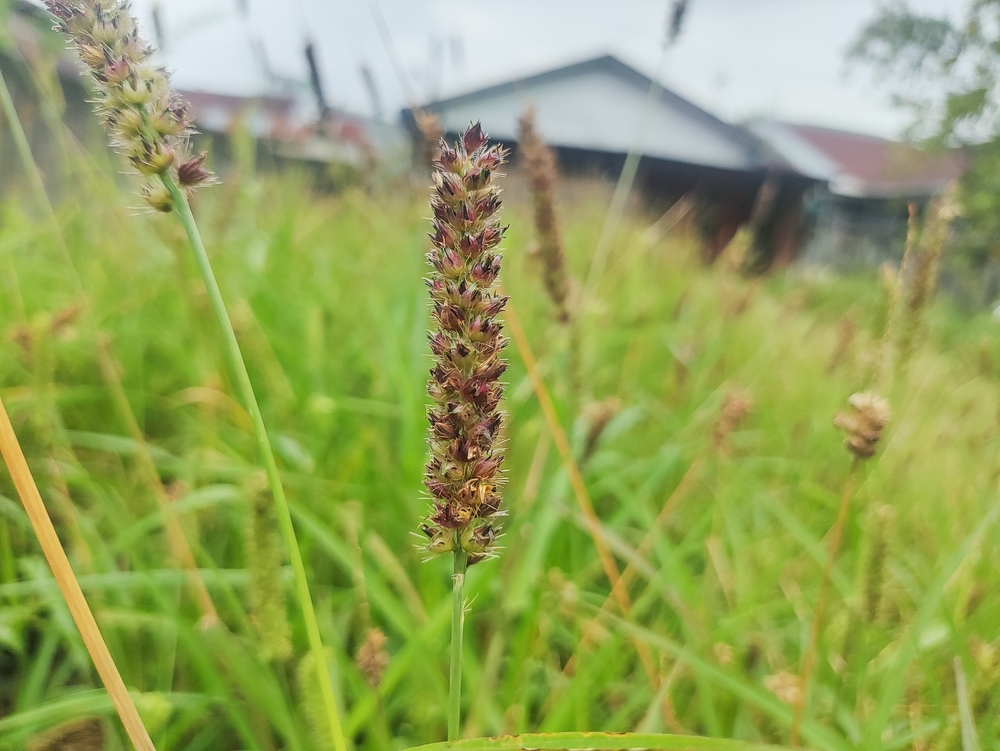Introduction:
Hey there! Let’s talk about sandspurs – those little prickly plants you’ve probably encountered in sandy areas. We’ll dive into everything you need to know about them, from what they are to how to deal with them. Whether you’re a seasoned gardener or just trying to keep your lawn looking nice, we’ve got you covered.
Understading Sandspurs:
So, what exactly are sandspurs? Well, they’re a type of grassy weed known scientifically as Cenchrus echinatus. You’ll usually find them in sandy soils, and they’re famous for their sharp, spiny burrs that can really sting if you step on them.
Identifying Sandspurs:
Spotting sandspurs isn’t too tricky. They’re pretty low-growing, with thin stems and clusters of seed heads that look like tiny, spiky balls. And those spikes? They’re designed to hook onto anything that passes by – whether that’s an animal or an unlucky human.
Habitat of Sandspurs:
Sandspurs love sandy, well-drained soils, which is why you’ll often find them on beaches, in dunes, or in neglected areas. They’re not too picky about sunlight either – they’ll happily grow in full sun or partial shade.
Lifecycle of Sandspurs:
These little guys primarily spread through seeds, which can hang out in the soil for years, just waiting for the right conditions to sprout. They usually start growing in the spring and produce seeds by late summer or early fall, spreading their prickly seeds far and wide.
Problems Caused by Sandspurs:
Sandspurs might look harmless, but they can cause some real headaches. Those sharp burrs? They’re not fun to step on – trust us. Plus, they can compete with other plants for resources, which isn’t great for your lawn or garden.
Preventive Measures Against Sandspurs:
The best way to deal with sandspurs is to prevent them from taking hold in the first place. That means keeping your lawn healthy with regular mowing, proper watering, and soil testing. And don’t forget to keep an eye on those pesky weeds!
Mechanical Control of Sandspurs:
If you’ve already got a sandspur problem, don’t worry – there are ways to deal with them. You can try hand-pulling or mowing them down, but be sure to get the whole plant, including the roots, to stop them from growing back.
Chemical Control of Sandspurs:
For bigger infestations, you might need to bring out the big guns – aka, herbicides. Pre-emergent herbicides can stop sandspur seeds from sprouting, while post-emergent ones target plants that are already growing. Just be sure to follow the instructions carefully and use them safely.
Cultural Control of Sandspurs:
Sometimes, the best defense is a good offense. That means planting competitive grass species or adding organic matter to your soil to make it less hospitable to sandspurs. And don’t forget to keep your soil pH and fertility levels in check for a healthy, weed-free lawn.
Organic Control of Sandspurs:
If you’re more of a naturalist, there are organic options too. Mulching with organic materials or using natural weed suppressants like corn gluten meal can help keep sandspurs at bay. Just be patient – it might take a little longer to see results.
Tips for Dealing with Sandspurs:
- Wear sturdy gloves and protective clothing when tackling them.
- Keep an eye on your lawn and landscape to catch them early.
- Use a dethatching rake or special weeding tool to get rid of them.
- Consider planting ground covers or ornamental grasses instead of traditional turfgrass in sandy areas.
Alternative Uses of Sandspurs:
Believe it or not, They aren’t all bad. Some crafters use their dried seed heads in decorations, and researchers are even looking into using them for biofuel production.
Conclusion:
So, that’s the lowdown on sandspurs. Dealing with them might seem like a pain, but with the right strategies, you can keep them under control and enjoy a beautiful, sandspur-free lawn. Just remember to stay vigilant, use the right tools and techniques, and don’t be afraid to ask for help if you need it.
FAQs on Dealing with Sandspurs:
How Do I Know if My Lawn Has Sandspurs?
If you see those prickly seed heads poking up in your lawn or garden, chances are you’ve got sandspurs.
Are There Any Natural Ways to Get Rid of Sandspurs?
While there aren’t any magic bullets, cultural practices like overseeding and mulching can help keep them in check.
Can I Compost Sandspurs?
Yup! Just make sure your compost pile gets hot enough to kill any seeds before you use it in your garden.
Will Household Remedies Like Vinegar Kill Sandspurs?
They might zap individual plants, but for bigger infestations, you’re better off with herbicides.
Can I Use Landscaping to Keep Sandspurs Away?
Absolutely! Planting dense ground covers or ornamental grasses can help crowd them out and keep your lawn looking lush and green.

